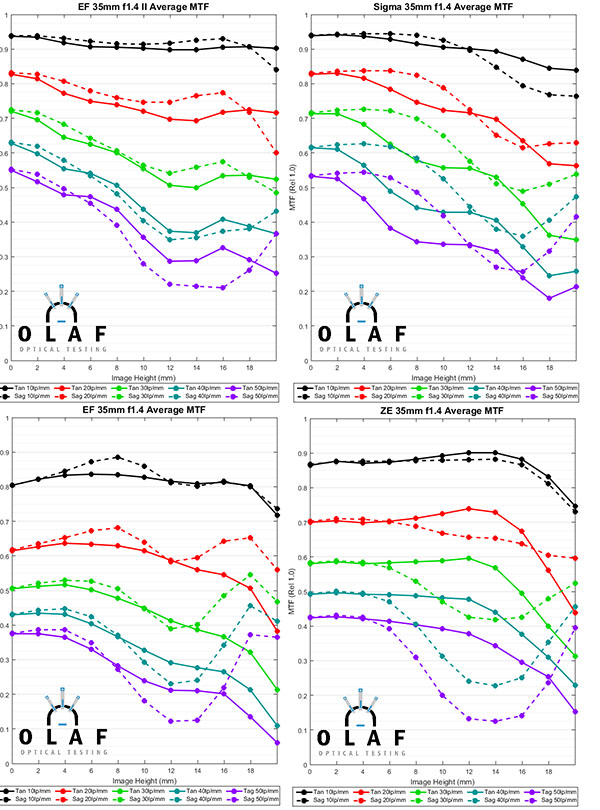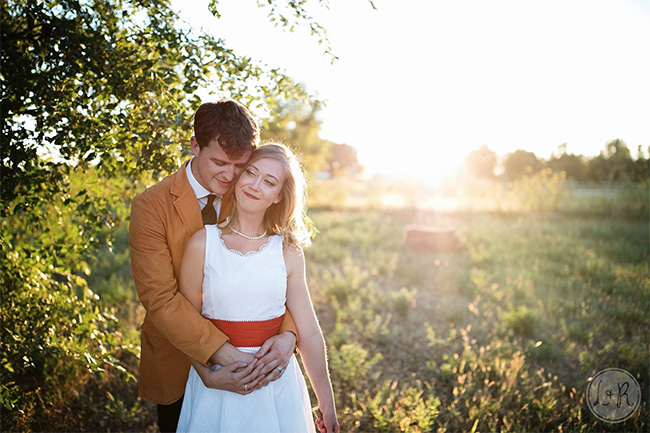Equipment
LensRentals Reviews the Canon 35mm f/1.4L II Lens
A few weeks ago, Roger was able to get his hands on a few copies of the brand new Canon 35mm f/1.4L II lens, and ran it through a series of tests comparing it to the competitors. He found, that the new lens from Canon is among the sharpest and most consistent in its class, beating the beloved Sigma 35mm Art Series lens in the process. However, not all lens reviews are just running the lens through a series of machines to test the glass quality and sharpness of them. So I decided to get my hands on the Canon 35mm 1.4L II as well, to give it a more practical run of tests and trails. I found, that the newest from Canon is incredible, and quite likely, my next personal purchase.
Build Quality
The build quality of the Canon 35mm f/1.4 II is exactly what you’ve come to expect with Canon’s L series lenses. The lens itself feels incredibly robust and durable, with all metal build and a good weight at 26.8 oz, a full 6 ounces heavier than its predecessor. That isn’t the only thing that has changed in the mark II version. Not only is the lens a bit longer, (4.2″ compared to 3.4″), but also is the first lens with “Blue Spectrum Refractive Optics”. To put that in simple terms, the Blue Spectrum Refractive Optics is a glass element designed to drastically reduce color fringing, and maintain contrast during all lighting conditions. While I’m a little bit of a skeptic when it comes to this new lens technology, I did find that this lens handled flaring far better than any other lens I’ve tested; providing a nice haze factor to the images, without going overboard or giving you that devastating flaring.
Canon also promises better weather sealing with the newest model in their 35mm line. Alongside weather sealing, the lens also has some small, but useful design elements changed, such as the AF switch being flush with the lens barrel, and a larger focusing ring when shooting in manual focus mode.
Using the Lens
My time spent with the new Canon 35mm f/1.4L II was certainly a pleasant one. Using the lens in a variety of shooting conditions, I was able to test the lens to the max, giving me a full range of uses. When it was nearly pitch black out, the lens was focusing fast and accurate. When I was shooting against a setting sun, the lens was able to combat flaring with ease, and when I was simple shooting with it in my hands all day, the lens felt well balanced and a nice compliment to my camera body. I went into shooting with this lens with some excitement, and the lens was able to meet all the expectations I had with it. The autofocus was incredibly accurate, allowing for fast tracking and quick focusing in a variety of shooting conditions. The robust build of the new 14 element lens lineup felt nice too. Throughout shooting with the lens, it always felt sturdy and solid, a feeling I sometimes lost in the original Canon 35mm.
MTF Charts
As stated above, resident tech guru Roger Cicala was able to run multiple copies of this lens through our Olaf Optics tests to get both an MTF chart on the lens (averaged over 10+ copies) as well as a copy to copy variation score. When placed up against the original Canon 35mm f/1.4L, the new Mark II version easily win the battle in terms of overall sharpness. the new Mark II version also beats the Sigma 35mm Art series in sharpness, by only my a small fraction that you likely wouldn’t be able to tell the difference in. These scores, make the Canon 35mm f/1.4L II the new king of the 35mms in terms of both sharpness and consistency, but is also priced considerably more than some of the competition.

Roger Cicala, Olaf Optical Testing, 2015
Price
The greatest (and only) shortfall I found with the new Canon 35mm f/1.4L II came in the price of the lens. At $1,799 new, the Canon 35mm f/1.4 II is a staggering $300 more than its now dated predecessor, and double the price of the Sigma Art series lens – a strong competitor to the Canon 35L II. So is it worth the massive price difference? If you’re a loyalist to Canon, then yes – the Mark II version is a considerable upgrade to the original, and well worth the price difference between the two. However, if you’re willing to venture over to Sigma, the Sigma 35mm f/1.4 Art series lens is still the best buy for the money. At $799 retail price, the Sigma 35mm Art series will put you right in between the two Canon lenses, and at a considerably lower price than both of them.
Zach Sutton
Lensrentals.com
Author: Zach Sutton
I’m Zach and I’m the editor and a frequent writer here at Lensrentals.com. I’m also a commercial beauty photographer in Los Angeles, CA, and offer educational workshops on photography and lighting all over North America.
-
Mike Aubrey
-
Waltet
-
Victor
-
John Leslie
-
Scott Adelaide wedding photographer
-
Paul Caldwell
-
Roger Knight
-
Albert Silver
-
Sean Setters
-
L.P.O.
-
JJ-ch
-
Abi
-
Alan
-
JL Williams



